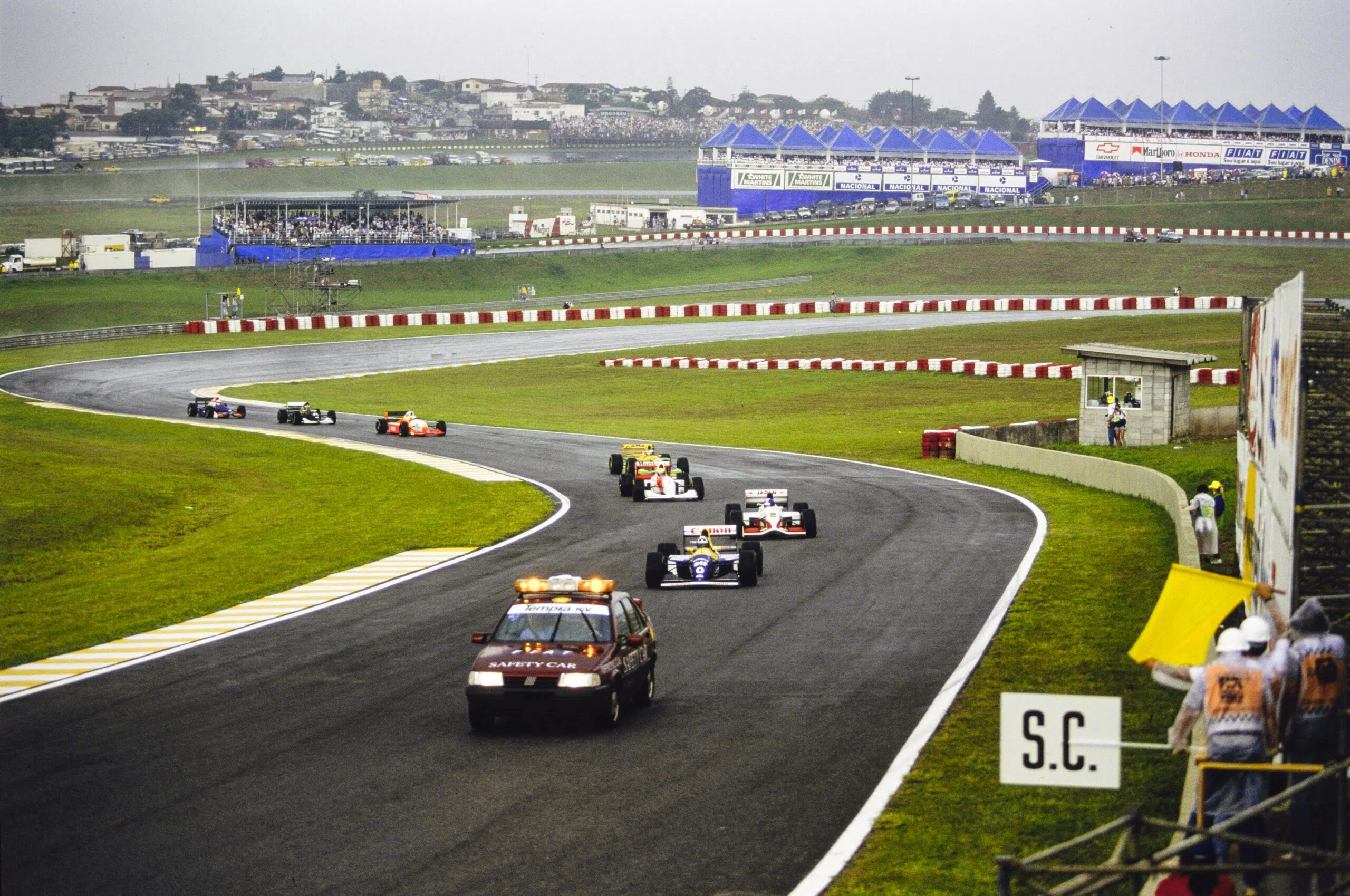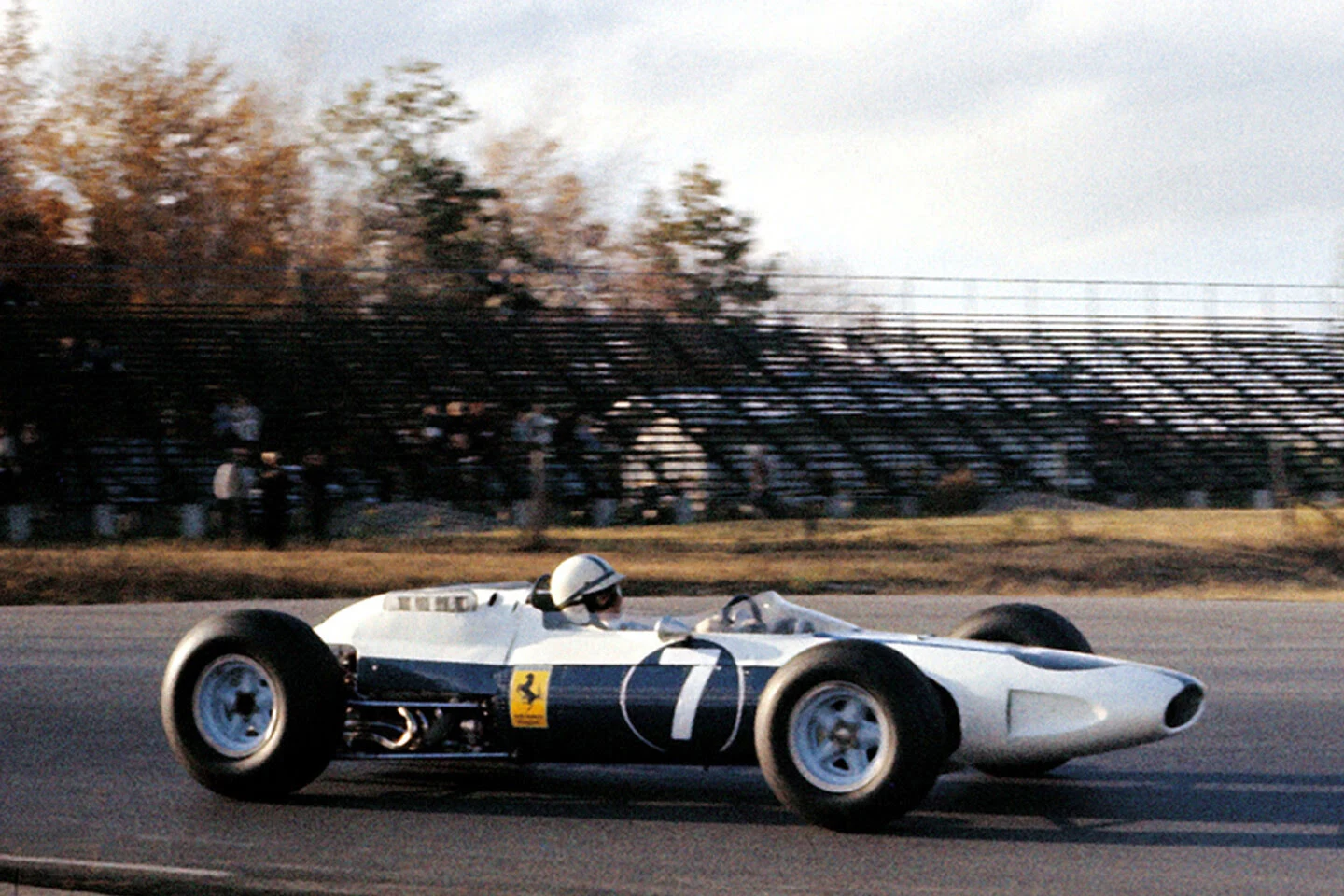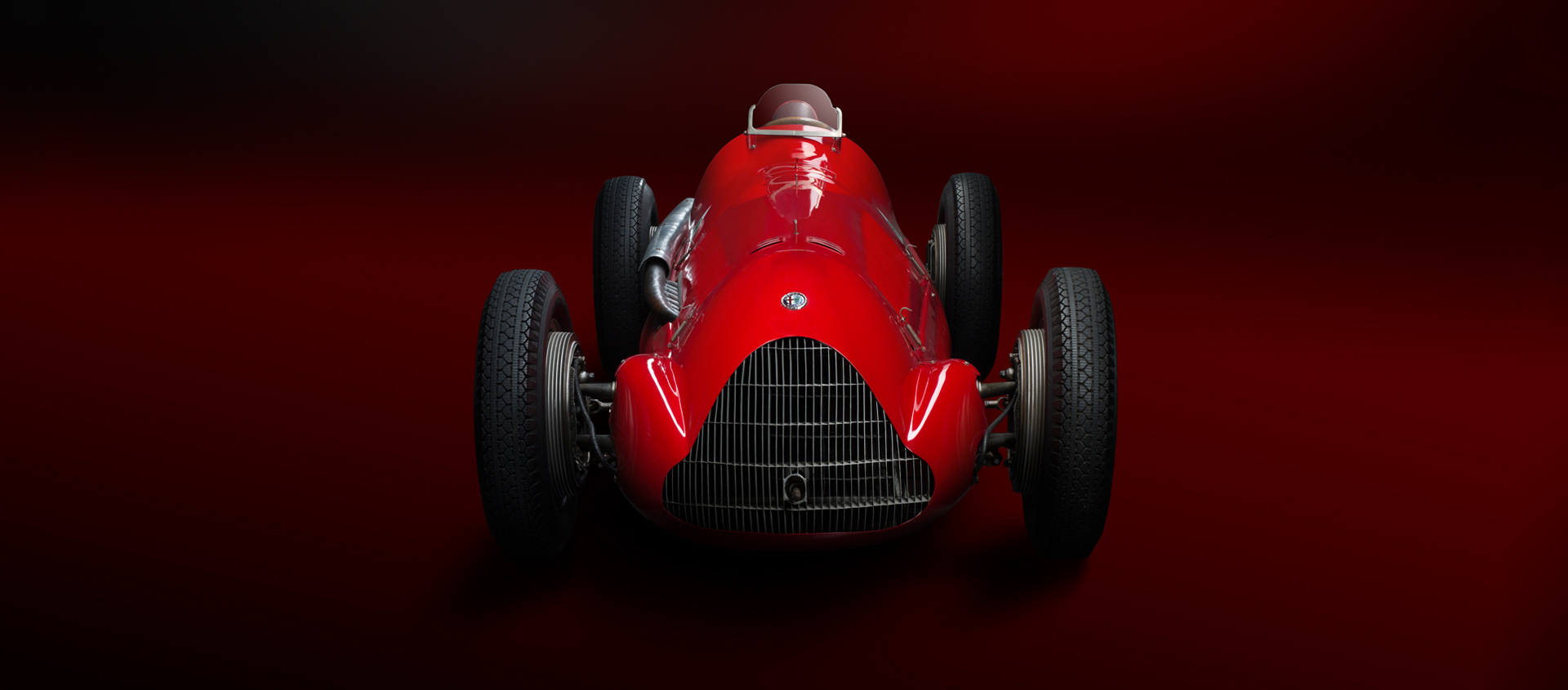The Formula 1 Safety Car’s strange history
29 November 2023 2 min read 5 images

Photo credit: Formula 1, Lamborghini, Mercedes, Porsche
The 2023 Formula 1 World Championship concluded last week in Abu Dhabi with the final Grand Prix of the season won by Max Verstappen, who dominated with Red Bull without the need for the Safety Car to make an appearance. All smooth. However, the AMG GTR Black Series and Aston Martin Vantage, ready to slow down the race and compact the group of single-seaters in case of an accident, are always on standby with a driver on board. These models are selected by the FIA through sponsorship deals, where the brands provide not only the Safety Car but also the Medical Car for emergency response. Mercedes and Aston Martin supply the cars for promotional purposes.
Register to unlock this article
Signing up is free and gives you access to hundreds of articles and additional benefits. See what’s included in your free membership. See what's included in your free membership.
Already have an account? Log In


